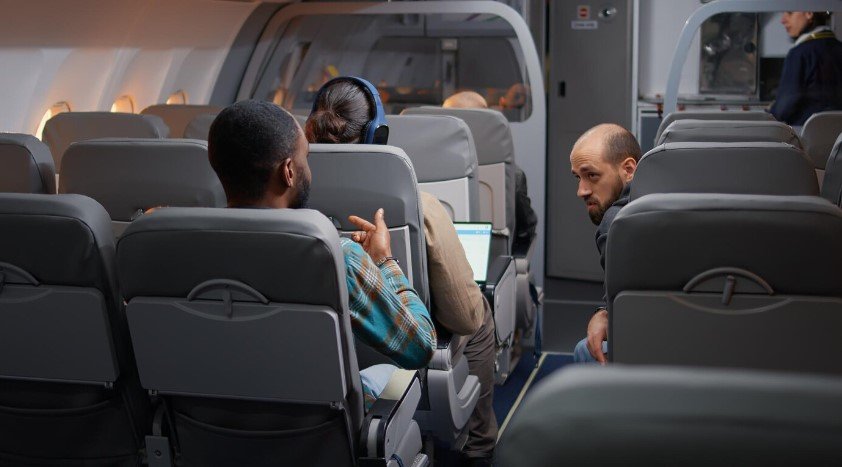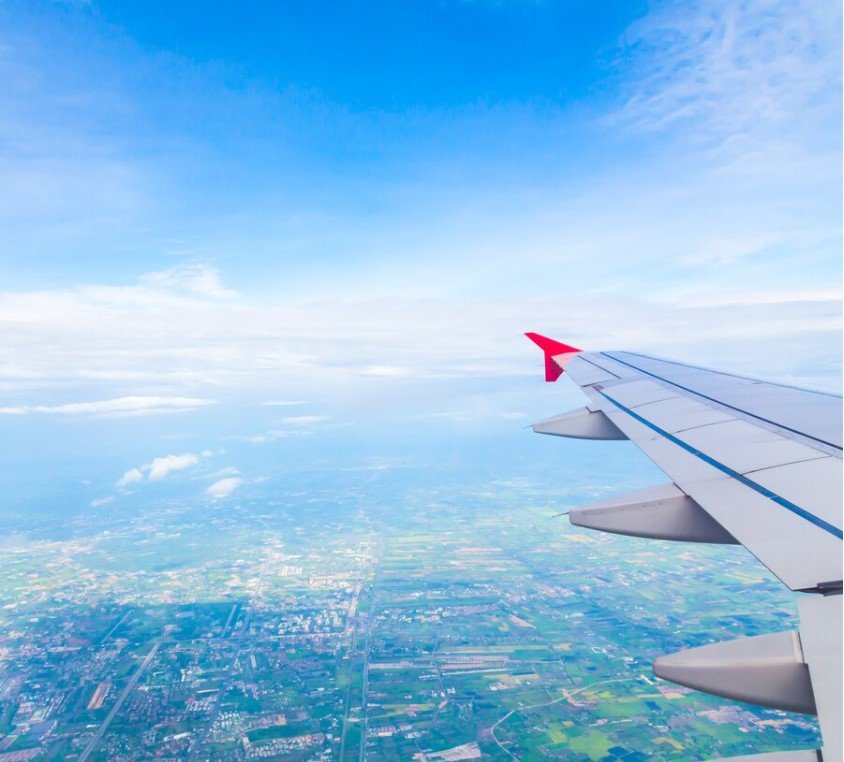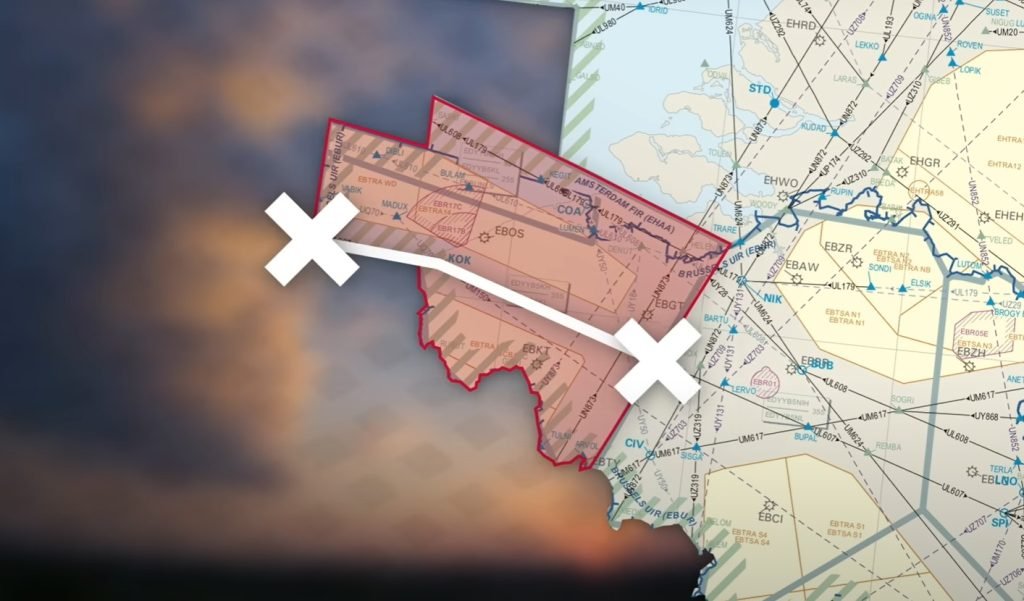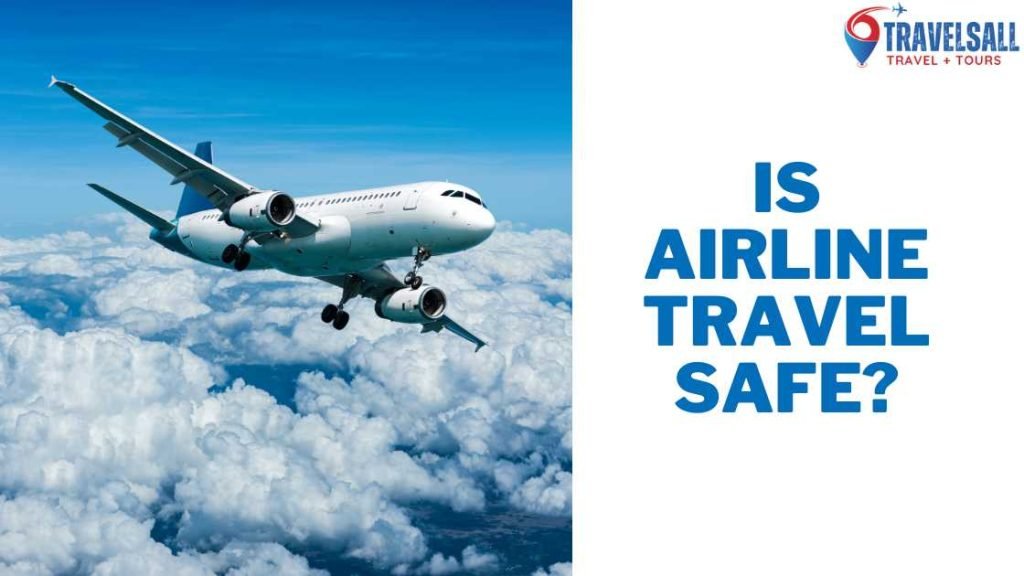Yes, airline travel, including the question ‘Is Airline Travel Safe?’ is considered extremely safe. Air travel has a very low accident rate compared to other modes of transportation.
People often fly for work or fun. Airlines work hard to keep everyone safe by following strict rules and using advanced technology. They always check and improve safety measures, from training pilots to in-flight procedures.
Planes hardly ever crash, with only one accident per millions of flights. Flying is super safe, especially because of high security and constant safety improvements. So, when you get on a plane, you can feel sure about it.
Table of Contents
ToggleAir Travel Safety In Modern Times

Flying is often cited as one of the safest ways to travel, and that remains true in the modern era. With rigorous safety protocols and constant improvements in technology, air travel today is remarkably secure. This post explores the factors that contribute to making your flight as safe as can be.
Current Global Aviation Safety Standards
Aviation safety is no accident. It’s the result of strict standards upheld worldwide.
- International Civil Aviation Organization (ICAO): Sets global safety regulations.
- Audits and Inspections: Regular checks on airlines and staff.
- Training Programs: Continuous education for aviation personnel.
Countries work together to keep these standards high. This teamwork makes flying one of the safest travel options available.
Technological Advancements Enhancing Flight Security
Technology drives safety forward. Each innovation brings more security to the skies.
| Advancement | Impact |
|---|---|
| Advanced Avionics | — Pilot decision-making support |
| Automated Systems | — Reduces human error |
| Real-Time Monitoring | — Constant aircraft performance checks |
From autopilot to GPS, technology keeps passengers and crew secure at all altitudes.
Statistical Safety Comparison With Other Transport Modes
Are you wondering about the safety of airline travel? Our detailed comparison with other transport modes offers a clear picture.
Air Travel Versus Road And Rail: A Numerical Analysis
Travel safety often boils down to numbers. Let’s crunch them.
| Transport Mode | Deaths per Billion Journeys | Deaths per Billion Hours |
|---|---|---|
| Air | 0.07 | 0.07 |
| Road | 2.57 | 5.96 |
| Rail | 0.43 | 0.37 |
Air travel shows the lowest numbers, highlighting its impressive safety record.
Understanding The Odds Of Mishaps In The Skies
Worried about accidents above ground? Let’s dig into the odds.
- Chance of an airplane accident: 1 in 11 million.
- Yearly flight safety improvements make these odds better.
- Strict aviation regulations ensure high safety standards.
Flights are remarkably safe, especially when compared to cars or trains.
Evaluating Airline Safety Records
When it’s time to take to the skies, safety becomes every traveler’s top concern. Assessing an airline’s safety record is crucial. It provides insight into their operational standards, incident history, and commitment to passenger security.
Let’s delve into what factors determine an airline’s safety rating and where to find this essential information.
Factors Contributing To An Airline’s Safety Rating
Airline safety ratings are like report cards for air travel providers. They are based on various elements. Check these out:
- Past incidents: Airlines with few or no accidents score high.
- Fleet age: Newer planes can mean better safety features.
- Maintenance routines: Regular checks keep planes fit for flights.
- Pilot training: Experienced pilots navigate the skies safely.
- Regulatory compliance: Following rules is key for airline trust.
Accessible Resources For Checking Airline Safety History
Finding an airline’s safety history is easy. Use these resources:
- AirlineRatings.com: This site grades global airlines.
- Aviation Safety Network: A database of flight incidents.
- FAA: The Federal Aviation Administration monitors U.S. airlines.
- IATA: The International Air Transport Association offers audit programs.
- FlightStats: Find performance data on different carriers.
Flight Crew Expertise And Training

Traveling by air is one of the safest methods of transportation. A vital reason lies in the flight crew’s expertise and rigorous training. Every flight you take is manned by professionals who have undergone extensive training to handle vast arrays of scenarios.
Pilot Qualifications And Rigorous Training Programs
Pilots hold the responsibility of every soul on board. Their path to the cockpit is intensive.
- Commercial Pilot License: A mandatory step
- Flight Hours: Thousands of hours in diverse conditions
- Regular Assessments: Mental and physical fitness checks
- Continuous Learning: Lifelong commitment to education
| Training Aspect | Details |
|---|---|
| Simulator Training | Replicates real flight scenarios. |
| Advance Courses | Covers aircraft systems and safety. |
| Upskilling | Updated with the latest aviation trends. |
Regular Crew Drills For Emergency Situations
The entire crew is well-prepared for emergencies. Their training is both frequent and thorough.
- Evacuation Drills: Practice rapid deplaning safely
- Medical Training: Knowledge of life-saving techniques
- Fire Fighting: Handling onboard fires swiftly
- Security Procedures: Maintaining safety against threats
Crews master these drills to ensure the utmost safety for passengers.
Airport Security Measures
To ensure the safety of millions of travelers, airports worldwide have implemented stringent security measures.
These measures are crucial in creating a secure environment and deterring potential threats. Passengers can take comfort in knowing that multiple layers of security are in place, from pre-boarding to intelligent surveillance systems.
Pre-boarding Screening Processes
Passenger safety starts long before boarding. The pre-boarding screening is the first line of defense. Every traveler goes through a detailed check to ensure they comply with travel regulations.
- Carry-on luggage is scanned to reveal any prohibited items.
- Passengers pass through metal detectors or full-body scanners for personal screening.
- Identification and boarding passes are verified by security personnel.
- Randomized secondary screening may occur for extra assurance.
Surveillance And Intelligence At Modern Airports
Airports employ sophisticated surveillance equipment to monitor activities. Intelligence gathering is also key in anticipating security challenges.
| Surveillance Type | Function |
|---|---|
| CCTV Cameras | Provide real-time monitoring of terminal areas. |
| Behavioral Detection Officers | Observe passengers for unusual behavior. |
| Biometric Screening | Identifies travelers through fingerprints or facial recognition. |
Combined with access control protocols and intelligence sharing, airports are well-prepared to mitigate threats.
Potential Risks In Air Travel

Air travel is a fast and convenient way to reach destinations. Yet, it comes with its own set of risks. Recognizing the potential dangers can better prepare passengers for their journey.
Common In-flight Medical Emergencies
Even with precautions, medical emergencies can happen in the sky. Here are some common issues:
- Fainting due to low cabin pressure or dehydration
- Heart problems, like heart attacks
- Breathing troubles
- Food allergies triggered by in-flight meals
Most aircraft are equipped with emergency medical kits, and crew members have training in basic first aid.
Mechanical Issues And Their Impact On Safety
Airplanes are complex machines. Mechanical issues, although rare, can affect safety.
| Issue Type | Potential Impact |
|---|---|
| Engine failure | May lead to emergency landing |
| Electrical problems | Could affect navigation and communication |
| Hydraulic issues | Can impact plane control |
Crews undergo rigorous training to handle such situations, ensuring they manage these risks effectively.
Passenger Responsibilities For A Safe Flight
Traveling by air involves not just the aircraft or the crew, but also you, the passenger. Your actions can make a flight safer or put it at risk. Understanding Passenger Responsibilities for a Safe Flight is crucial. You have to follow the rules and stay alert. Let’s look at how you can contribute to safety.
Importance Of Following Flight Regulations
Flight regulations exist for everyone’s safety. They are not suggestions, but rules to keep you and others secure at 35,000 feet. By keeping these regulations in mind, you ensure a harmonious and safe journey for all aboard.
- Fasten your seatbelt when told.
- Listen closely to safety briefings even if you’ve heard them before.
- Use electronic devices responsibly—airplane mode is a must during critical phases of flight.
- Stay in your seat when the seatbelt sign is on.
Self-awareness And Response During Emergencies
In an emergency, your knowledge and actions can be life-saving. Stay calm, follow the crew’s instructions, and be mindful of your own physical and mental state.
- Know where the closest exit is.
- Remember to put your oxygen mask on first before helping others.
- Review the safety card in your seat pocket.
- Don’t take any belongings during an evacuation; your life matters more.
Impact Of Weather On Flight Safety
The safety of airline travel often hinges on issues far above the clouds, where weather conditions can dictate the smoothness of your journey. Weather impacts on flight safety remain a significant concern in aviation, with adverse conditions challenging even the most experienced pilots.
Understanding these concerns helps in appreciating the measures airlines take to ensure our arrival is just as safe as our departure.
Meteorological Challenges Faced By Pilots
Pilots confront various weather phenomena that can influence a flight’s safety:
- Thunderstorms pack powerful winds and hail.
- Turbulence shakes planes, frightening passengers.
- Icing adds weight and alters aerodynamics.
- Low Visibility complicates takeoffs and landings.
Wind Shear, rapid wind direction changes, is particularly treacherous during takeoff and approach. These conditions necessitate advanced skills and quick thinking from pilots to navigate safely.
How Airlines Mitigate Risks Posed By Severe Weather
Airlines incorporate numerous approaches to safeguard flights:
- Rigorous Training: Pilots undergo intensive weather scenario training.
- Advanced Technology: Onboard instruments provide real-time weather updates.
- Pre-Flight Briefings: Detailed weather information ensures readiness.
- Collaboration with Meteorologists: Experts assist in planning and adjustments.
Flight controllers help pilots avoid dangerous areas. Airlines have plans in case the weather gets really bad, like finding a different route or canceling the flight. These plans are super important for keeping flights safe, no matter what the weather is like.
Advancements In Air Traffic Management

In the fast-paced world of air travel, safety is paramount. The latest advancements in air traffic management play a vital role in ensuring every journey in the skies is as safe as possible. Let’s explore how these innovations help maintain the impressive safety record of airline travel today.
The Role Of Air Traffic Control In Preventing Collisions
Air traffic control (ATC) is a critical safety net for the millions of passengers flying daily. ATC’s main job is to keep planes at a safe distance from one another on the ground and in the air. They do this through sophisticated radar and communications systems.
- ATC tracks each aircraft’s speed and altitude.
- Controllers give pilots clear instructions.
- Safety protocols are strict and well-followed.
With these tools and rules, ATC helps prevent accidents before they can happen.
Future Outlook: Automation And Ai In Air Traffic Systems
Looking ahead, automation and artificial intelligence (AI) stand ready to revolutionize air traffic control. These technologies promise to further enhance safety margins and efficiency.
Here’s what this future looks like:
| Technology | Benefit |
|---|---|
| Automation | Reduces human error |
| AI Algorithms | Optimizes flight paths |
| Machine Learning | Predicts traffic flow |
With these advancements, air travel is set to become even safer and more reliable for all.
Aftermath Of An Airline Accident
Airline accidents are rare, but when they occur, they initiate a complex aftermath of analysis and improvement. The ultimate goal is to enhance safety and prevent future incidents.
Investigation Procedures Following An Incident
After an accident, an investigation begins immediately. The goal is to uncover the cause and prevent repetition.
- Site preservation: The crash site remains untouched for investigators.
- Black box analysis: Flight data recorders are crucial for insights.
- Witness interviews: Those involved provide valuable information.
Experts from different fields like aviation, engineering, and meteorology join forces. They meticulously dissect each element to formulate a clear understanding of events.
How Accidents Lead To Improved Safety Measures
Accident investigations lead to key safety enhancements. They are the silver linings in the wake of tragedy.
| Improvement Area | Action Taken |
|---|---|
| Aircraft Design | Upgrades to enhance structural integrity and resilience. |
| Pilot Training | Advanced simulations for crisis management. |
| Safety Protocols | Implementation of stricter pre-flight checks and maintenance routines. |
Each recommendation from the final report becomes a step towards a safer future in the skies. Agencies like the Federal Aviation Administration (FAA) and the International Civil Aviation Organization (ICAO) ensure these measures are globally implemented.
Frequently Asked Questions Of Is Airline Travel Safe
Is Air Travel The Safest Form Of Travel?
Yes, statistically, air travel is the safest mode of transportation, with fewer accidents and fatalities compared to other forms of travel.
What Is The Safest Airline?
The safest airline title often fluctuates, with Qantas historically recognized for its strong safety record. Airlines like Emirates and Singapore Airlines also consistently rank high for safety. Check current safety ratings for the latest information.
What Is The Safest Airplane To Fly On?
All commercial airplanes adhere to strict safety standards; models like the Boeing 777 and Airbus A350 boast impressive safety records. Airlines operate under rigorous safety regulations, ensuring any aircraft you fly on prioritizes your safety.
How Much Safer Is Flying Than Driving?
Flying is statistically safer than driving, with a significantly lower fatality rate per billion miles traveled.
Conclusion
Traveling by air remains one of the safest modes of transportation available. Rigorous safety protocols and advances in technology continue to enhance security measures. For those concerned about safety, rest assured that airlines prioritize passenger well-being. Choose your carrier wisely, stay informed, and enjoy the skies with peace of mind.



